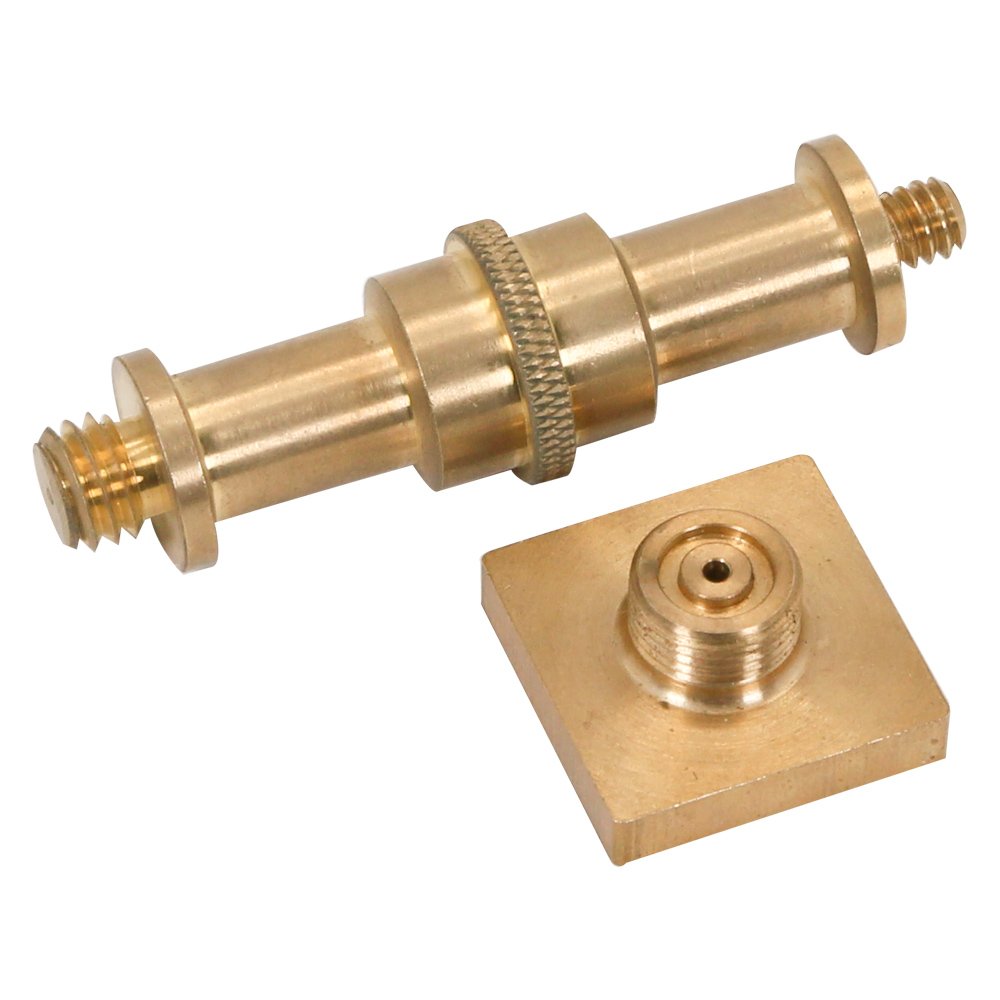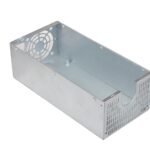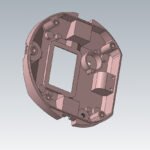Introduction
If there’s one genuinely versatile metal, it has to be copper. Known for its shining beauty and overall beautiful finish, copper is a metal that possesses excellent physical and electrical properties – making it compatible for major engineering purposes. But, what about using it for CNC machining? What should you know before using machining copper for your project? In this post, we will dive into the world of copper machining and answer questions that a curious mind like yours might have. Let’s get started!
What are the benefits of copper machining?
So, why should you go for copper machining? There are several benefits to using copper for machining or copper machined parts. Copper is known to be an excellent conductor of heat and electricity. Most engineering and manufacturing professionals find it easier to work with copper.
“Copper makes CNC machining smooth and easy. Since it is heat conductive, reshaping copper is quite simple.”
Moreover, the metal provides high corrosion resistance to the project, making it highly suitable for a wide range of electrical applications. Most importantly, copper has a relatively low cost. Such advantages make copper a simple yet effective choice for CNC machining purposes.
What are the different copper machining techniques?
Copper is easy to shape, but that’s not the case with pure copper. You will find the latter hard to the machine since it has high ductility, plasticity, and toughness. So how do you machine copper? Well, you will have to mix it with another element to create a copper alloy. The alloy helps increase the metal’s machinability and makes it easier to work with than other metallic materials.
In other words, copper alloys require significantly less cutting force than the pure metal. Depending on your project, you can make copper alloys with zinc, tin, aluminum, silicon, nickel, and other elements. Copper alloys can be machined using several CNC machining techniques. Here are a few important copper machining techniques you should know before starting a project:
1.CNC Milling
CNC milling is essentially automated machining that uses computerized controls. It has multi-point rotary cutting tools that can be managed using computer programs. The tools rotate and move across the surface of the workpiece, giving it the shape you want. The tool moves slowly around the workpiece, removing the excess material. You can create design characteristics like pockets, holes, slots, grooves, contours, and more using CNC milling. However, you should follow a few guidelines while using CNC milling on copper alloys.
- You can use carbide application groups like N10, N20, and HSS grades for cutting.
- Make sure you reduce cutting speed by 10 percent to double the cutting tool’s life.
- Reducing the cutting speed by 15 percent for a carbide cast alloy and 20 percent for an HSS grade tool, while milling a copper cast alloy with a cast skin, helps achieve better results.
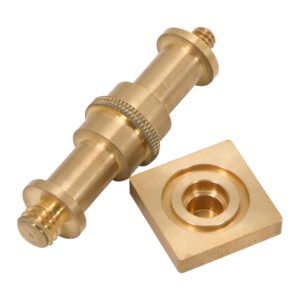
2.CNC Turning
You can also use CNC turning for copper machining. One major difference between CNC turning and milling is that the latter doesn’t involve the movement of workpieces. CNC turning has a stationary tool, and the workpiece moves around it to gain the desired shape. Since this is an adaptable machining system, you can design many electrical and mechanical components. CNC turning comes with excellent advantages. You will achieve increased cost-effectiveness, precision, and manufacturing speed. We highly recommend the following tips when using CNC turning for copper machining.
- The speed of the copper workpiece should be carefully defined since the metal’s thermal conductivity might wear out the tool over time.
- The cutting tool edge angle should be between 70-95 degrees.
- If you are working with softer copper workpieces, set the cutting tool edge angle to 90 degrees as the material is prone to smearing.
- Setting a constant cutting depth and a lower cutting tool edge angle helps increase the tool’s durability and cutting speed.
- A higher angle between major and minor cutting edges allows working with higher mechanical loads without sustaining high thermal stresses.
Copper machining design considerations
What factors should you consider when working with or creating copper machined parts? Just two – 1) Material Grade, and 2) Manufacturability. Let’s discuss the copper machining design considerations to maximize copper’s uncommon properties and reduce the overall project cost.
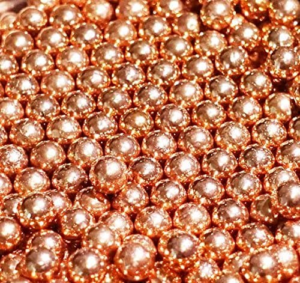
1.Material guide
What grade of copper should you use for your project? This question needs a definite answer during the design phase as it will determine the results of other mechanical processes the material will undergo. Pure copper (C101) does not offer high machinability but delivers high conductivity due to its 99.99 percent material purity. Pure copper is highly expensive as well. Instead, you can use C110 since it is easier to machine and is cheaply available. We suggest you define your project functions as it helps choose the right material grade.
2.Manufacturability
Designing for Manufacturability (DFM) is a common design strategy engineers use to choose the right material. Experts recommend designing for loose tolerances to keep the application’s functionality intact. We suggest you the following best practices while choosing the right material.
- Limit dimension inspections, number of part setups, and prevent deep pockets with small radii.
- Go for square, full radius, or dovetail profiles for undercuts.
- Ensure a minimum wall thickness of 0.5 mm.
- The maximum part/workpiece size for CNC milling – 1200 x 500 x 152 mm and for CNC turning – 152 x 394 mm.
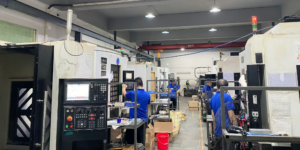
What are the applications of copper machines parts?
Where do experts recommend using machined copper parts? There are several applications for copper parts and components. Machined copper makes the use case for engineering applications since it is highly corrosion resistant and possesses high thermal conductivity. You can use machined copper to design valves, hydraulic tubing, radiators, cooling systems, and more. One can also use copper machined parts for electrical applications and in the automotive industry – making the best use of the metal’s electrical conductivity. We have also seen engineers using machined copper for coastal power systems and plumbing systems.
Final remarks!
Final remarks!
Once you have the copper machined product, you will want to give it a finish that best fits your needs. You can use hand polishing, media blasting, or electropolishing to achieve the part’s finish requirements. It is always an excellent idea to go through your options when designing a copper machined part. You should work only with a CNC copper machining expert to ensure the best results for your project. We suggest you follow the tips and best practices mentioned above and make the best use of copper or copper alloy machining. Did you find this post helpful? Let us know in the comments. Also, don’t forget to check out other informative posts on the blog!

